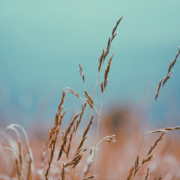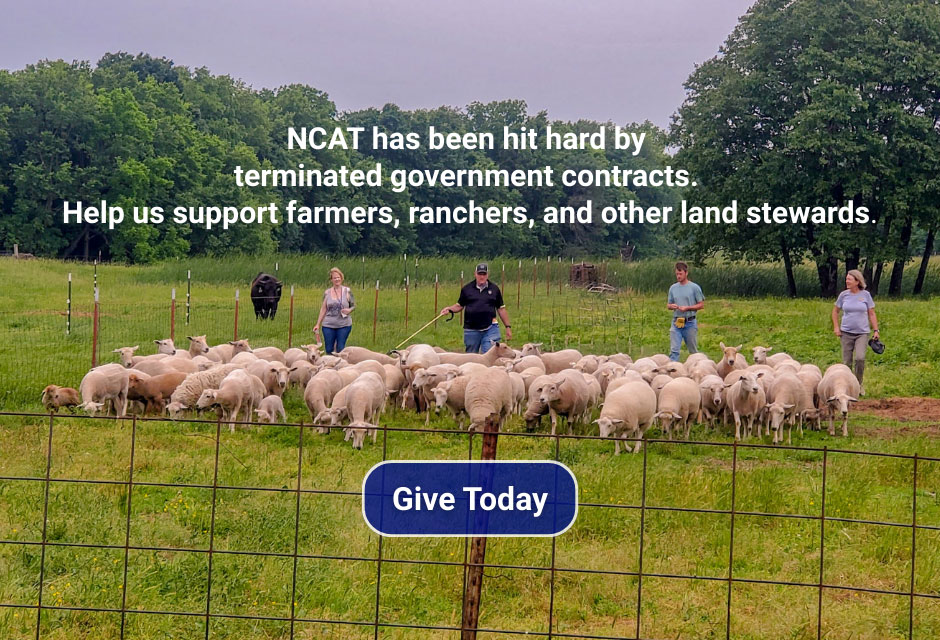Seeing the Farm with Fresh Eyes
 Print This Post
Print This Post
By Nina Prater, NCAT Agriculture Specialist
Over 15 years ago, I moved from Vermont to Arkansas, and I’ve been here farming in the Ozarks ever since. The differences between the two places revealed themselves more and more the longer I lived here. The growing season here is longer, which seemed like a gift at first, but then I learned about the intense heat and pest pressure. Ozark soils are older, shallower, and more weathered than the dark, glaciated soils I grew up gardening in. I was even amazed at how different the rocks are. Vermont is the land of rounded glacial cobbles, whereas Arkansas has more sedimentary rocks that form neat rectangles begging to be stacked into stone walls. I have spent years learning the patterns of this new place and asking the question “why?” again and again. (I’m lucky my husband is a patient explainer.) Why do we do things the way we do them here?
In a recent conversation I had with Dr. Bill Robertson, I learned that he had a similar experience of discovery when he moved from Texas to Arkansas. Bill moved to Arkansas in the 1990s to work with the University of Arkansas Extension Service as a cotton agronomist. When he met with cotton growers, he saw them doing things differently than they had been done in Texas, so he started asking “why?” too.
One example: Arkansas farmers would do their soil tests, and often the test results would come back saying there was adequate potassium (a.k.a. potash, or K on the periodic table), but the farmers would go ahead and apply potassium anyway because they saw increased yields when they did. This isn’t something Bill had seen done in Texas, and so he started asking why. Why do the plants respond to additional potassium even though soil tests show there is plenty? Why were the plant tissues testing low in potassium when there was plenty in the soil?
This line of questioning led him to understand the importance of soil health for crop growth. When he dug deeper (literally) he saw that the soils farmers were working with had an impenetrable plow pan layer about 6 inches below the surface, so the cotton plant roots could not access the nutrients they needed, even though the nutrients were present. The soil had lost its structure because of the way it was being managed. When Bill realized this, he started exploring solutions. He visited with some farmers who were using cover crops and saw how healthy their soil was. When he got other farmers to try them out, they saw an amazing improvement in soil health – the plow pan disappeared as the cover crop roots grew through it and brought nourishment to the soil through their root biomass and exudates.
When the farmers he worked with started using cover crops and started seeing their soil health improving, they were able to reduce potassium fertilization because their cotton plants could grow big, healthy root systems. Bill asked why until he found a long-term solution to the issue at hand.
I share this example because I think it is a good reminder to ask why in our own lives, on our own farms. Imagine someone new comes along and you have to explain why you farm the way you farm. Then try asking, is there a different way? Is there a simpler way? A way that improves your life and the life of the soil? A way that reduces your input costs? The answer might be that the status quo is fine, and if so – wonderful! Keep up the amazing work! But just the act of asking questions keeps our minds open to new ideas, and you never know what new practices might come along that will help you out.
So next time you are out on your land, try to look at it with the fresh eyes of a newcomer. If you see a problem occurring – ask why enough times until you get to the root cause of the problem, because that’s where you need to be to find the best long-term solution. Channel your inner four-year-old. Why? But why? But why? And don’t just answer, “because.”
Related ATTRA Resources:
Episode 309. Cotton Fields to Pasture: Soil Health Matters with Bill Robertson
This blog is produced by the National Center for Appropriate Technology through the ATTRA Sustainable Agriculture program, under a cooperative agreement with USDA Rural Development. ATTRA.NCAT.ORG.

 USDA NRCS
USDA NRCS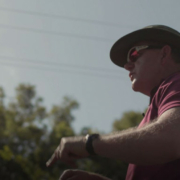
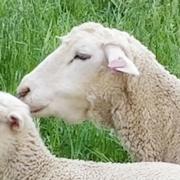
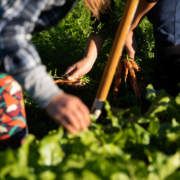 USDA
USDA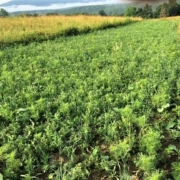
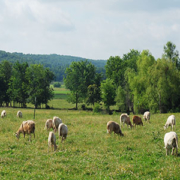

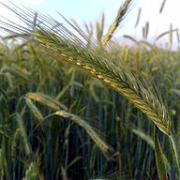 Wikimedia Commons, LSDSL
Wikimedia Commons, LSDSL